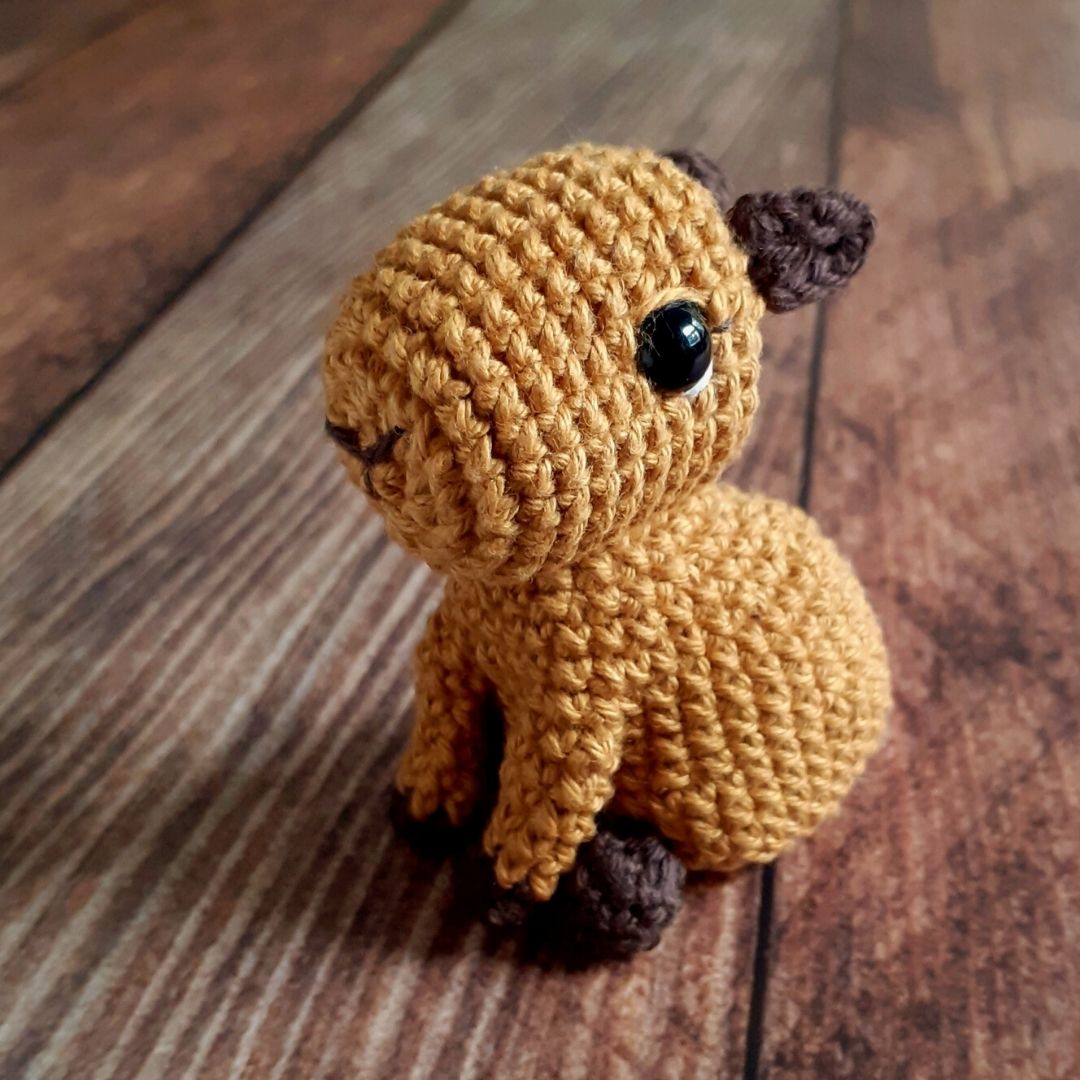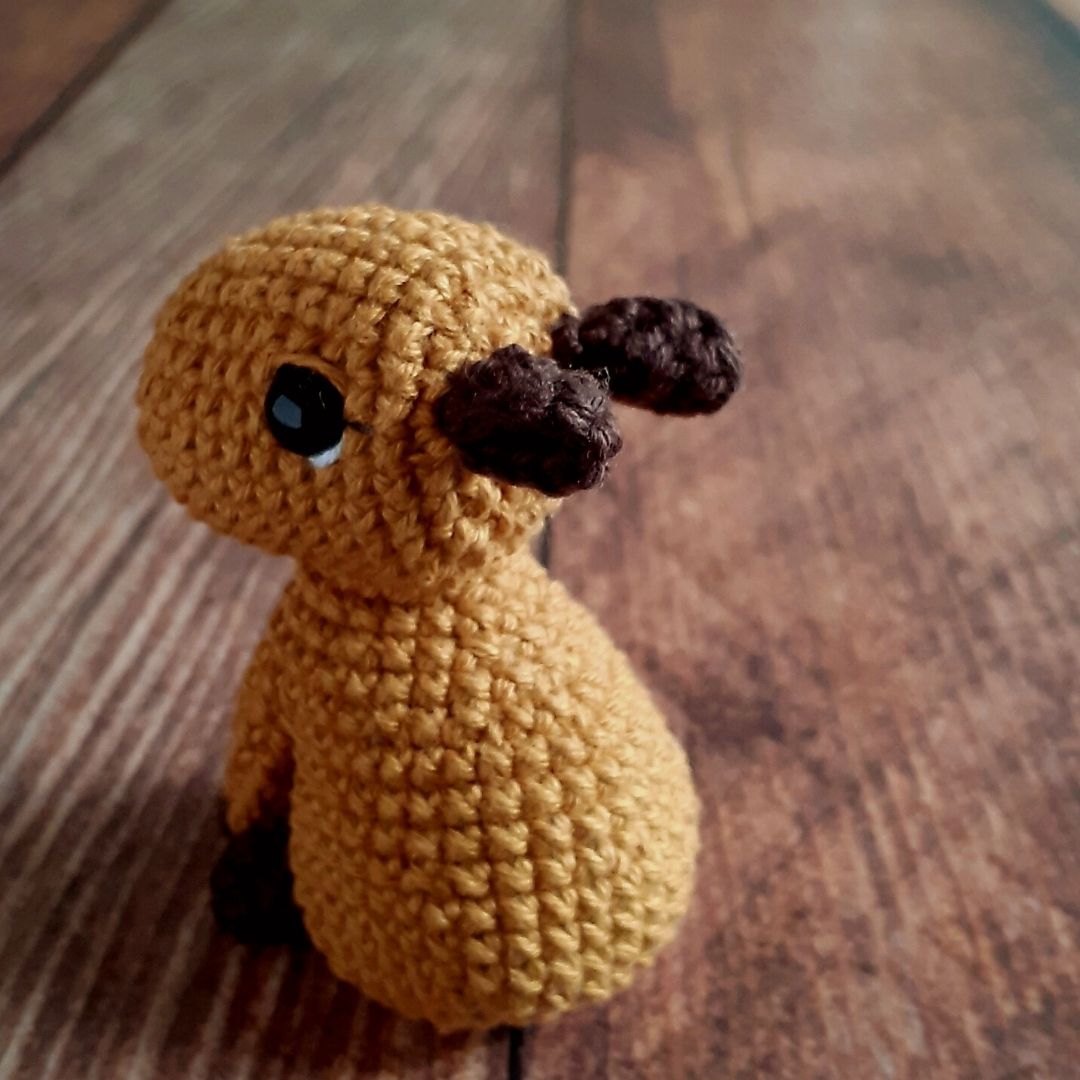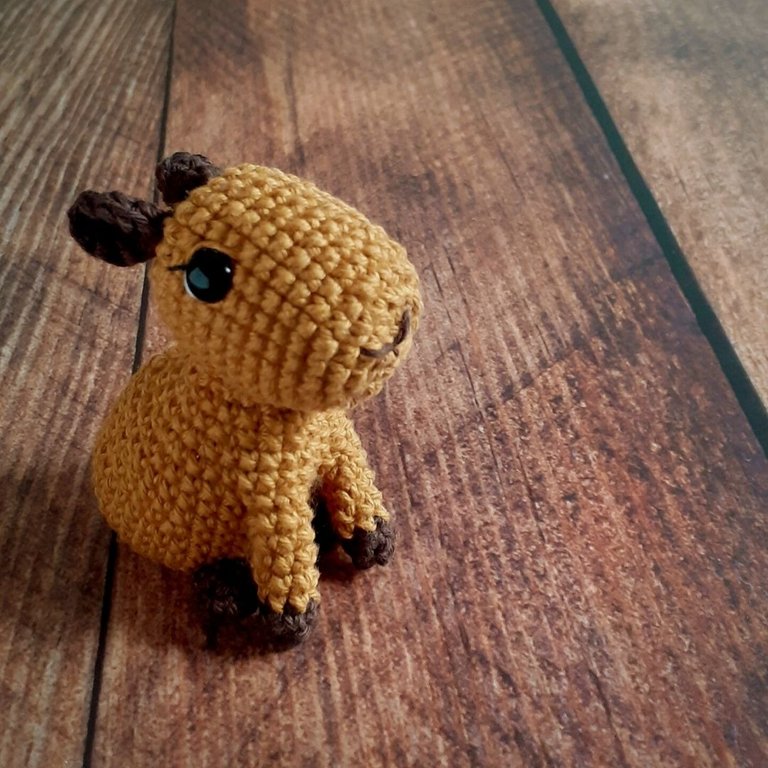
¡Hola, espero te encuentres de maravilla!
Hi, I hope you are feeling great
Me encuantro muy feliz ya que fui tester otra vez (yehhh) y este fue el resultado. Cuando vi la publicación de la diseñadora al inicio dudé porque uno de los requisitos era manejar el idioma inglés...aunque cuando se trata de amigurumi creo que no importa tanto el idioma. Con dudas y todo postulé a esa "convocatoria de tester".
I am very happy because I was a tester again (yehhh) and this was the result. When I saw the publication of the designer at the beginning I hesitated because one of the requirements was to speak English...although when it comes to amigurumi I think it doesn't matter so much the language. With doubts and all I applied to this "tester call".
Y así comenzó la aventura

The thing that was the main driving force at that time was the "Ronsoco or Capybara". I love this little animal and only watched it in documentaries. I remember once when I saw it in a museum (stuffed) it was huge. It was next to an Amazonian tribe, as if it was part of their diet.

I recently saw @Tibaire's post whose capybara was very cute. By the way, in Peru (at least since I was a child) I knew it as Ronsoco, but later in documentaries I saw that they also call it Capibara, chiguiro, carpincho or chancho de agua. Well, its scientific name is Hydrochoerus hydrochaeris and in Greek it means "water hog".

This little animal is the largest rodent in the world - can you believe it! It feeds mainly on grass. It is sociable and lives for 10 to 15 years. It is native to South America (Peru, Colombia, Brazil, Venezuela, Argentina, Guyana, Paraguay and Uruguay).

One day a friend of mine who is from the Amazon jungle told me that they eat Capibara as a traditional dish there. Her father and other gentlemen go hunting and bring it back to eat together. If it is similar to pork it must be delicious. I have yet to try Capibara and Suri.

Thank you very much Tanya from mns.crowlet for allowing me to test this beautiful pattern. By the way, it measures 7.5cm with 2mm yarn and crochet.
¡Y eso es todo!
¡Hasta la próxima!
See you next time!
Dato curioso: El Capibara tiene una diminuta colita y no la mueve.| The Capybara has a tiny tail and does not wag it.

Si quieres saber más, nos vemos en:
Ravelry
Creary